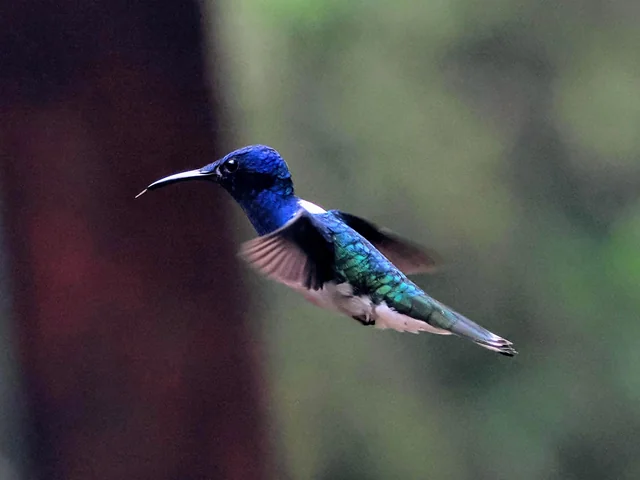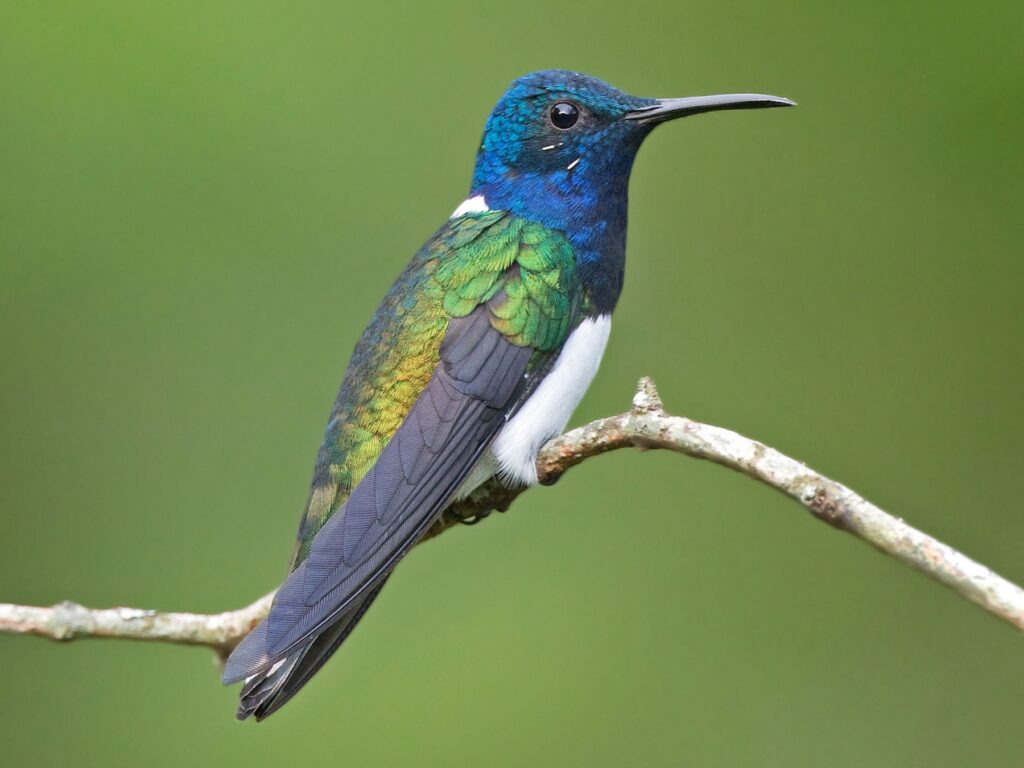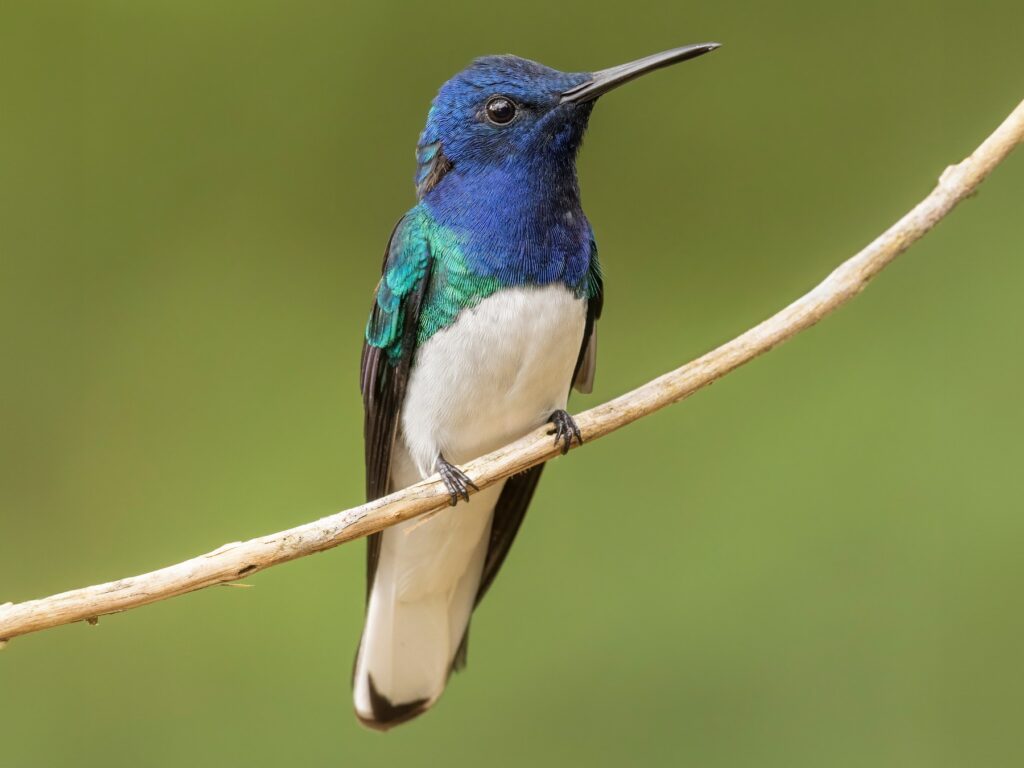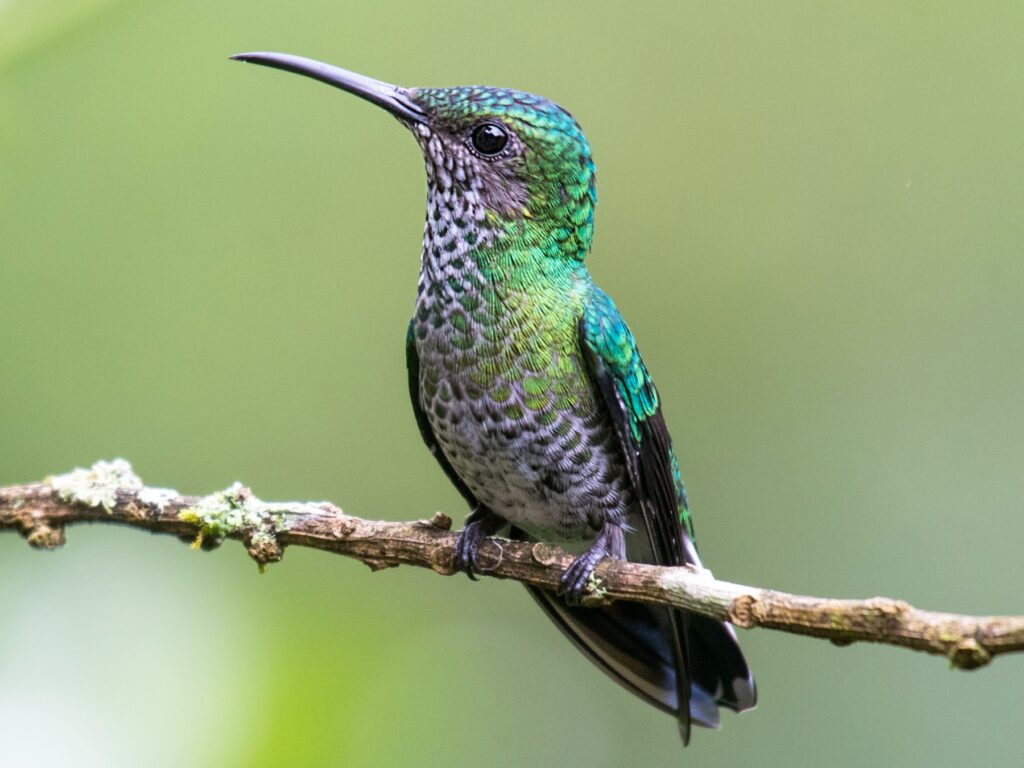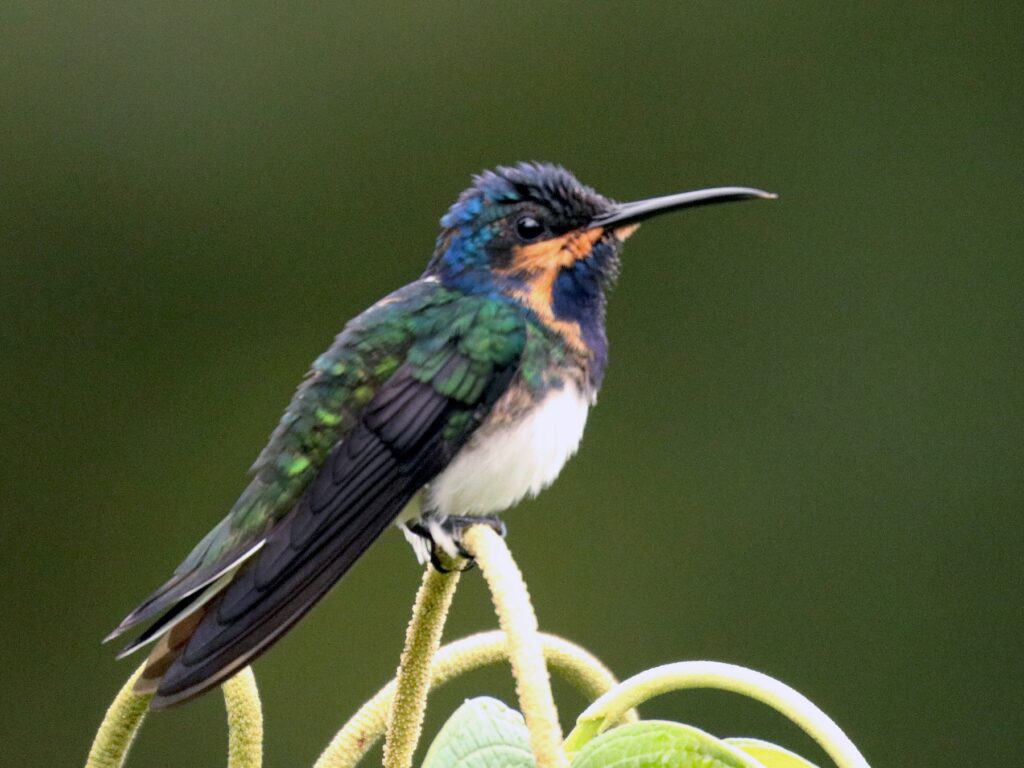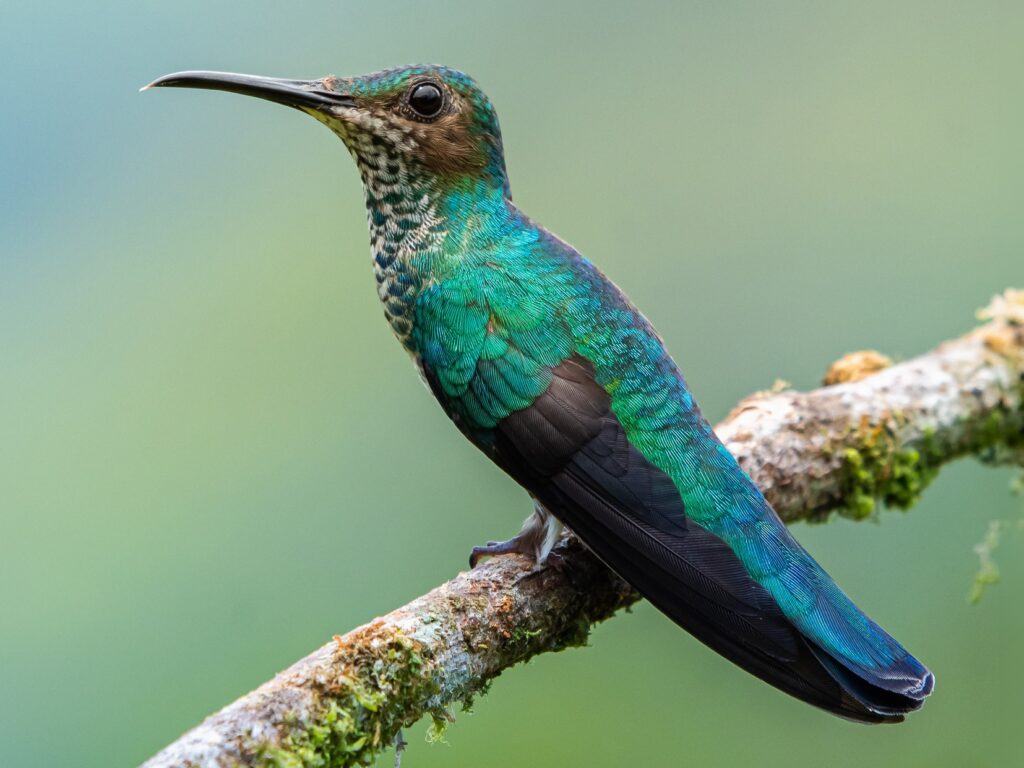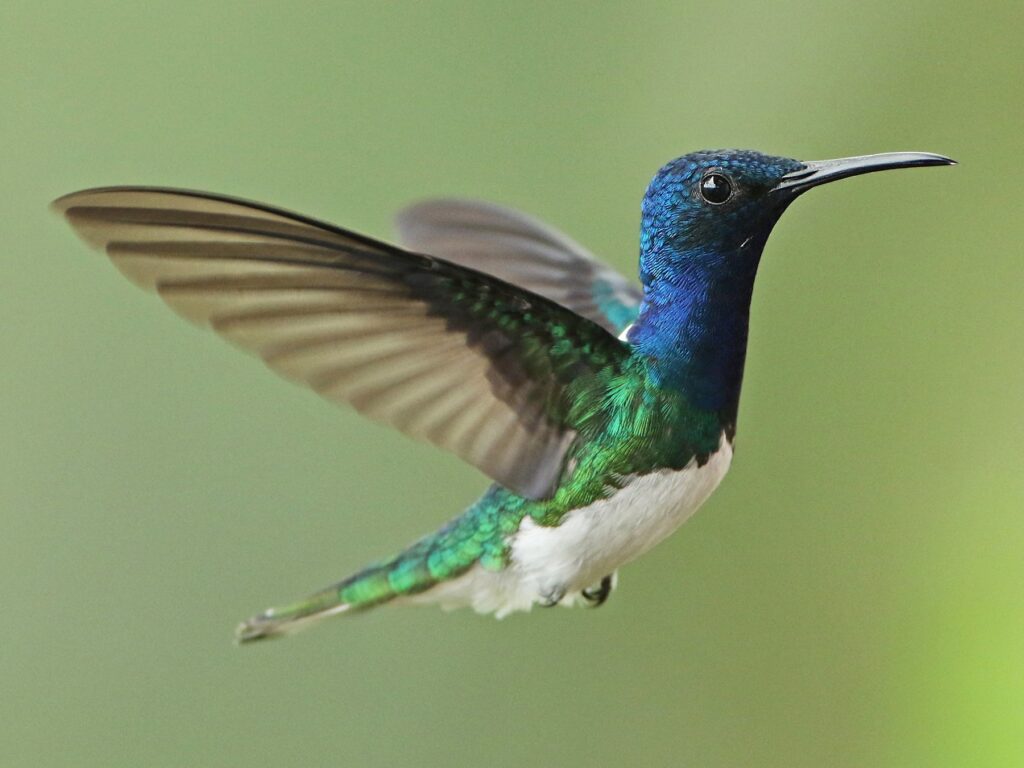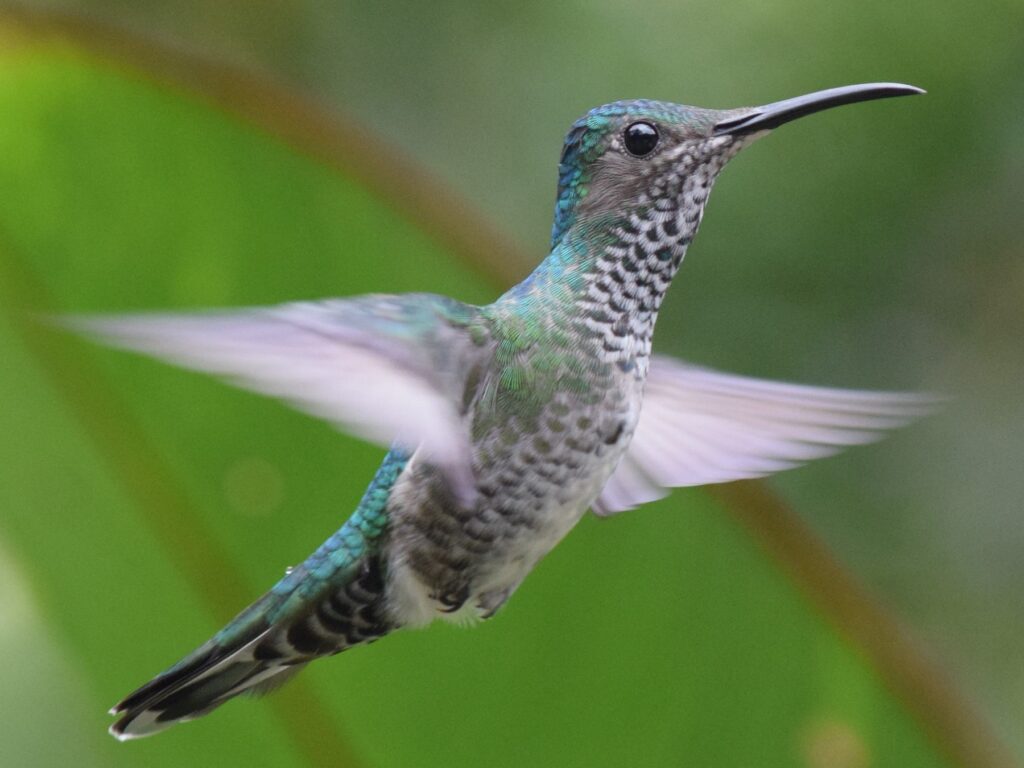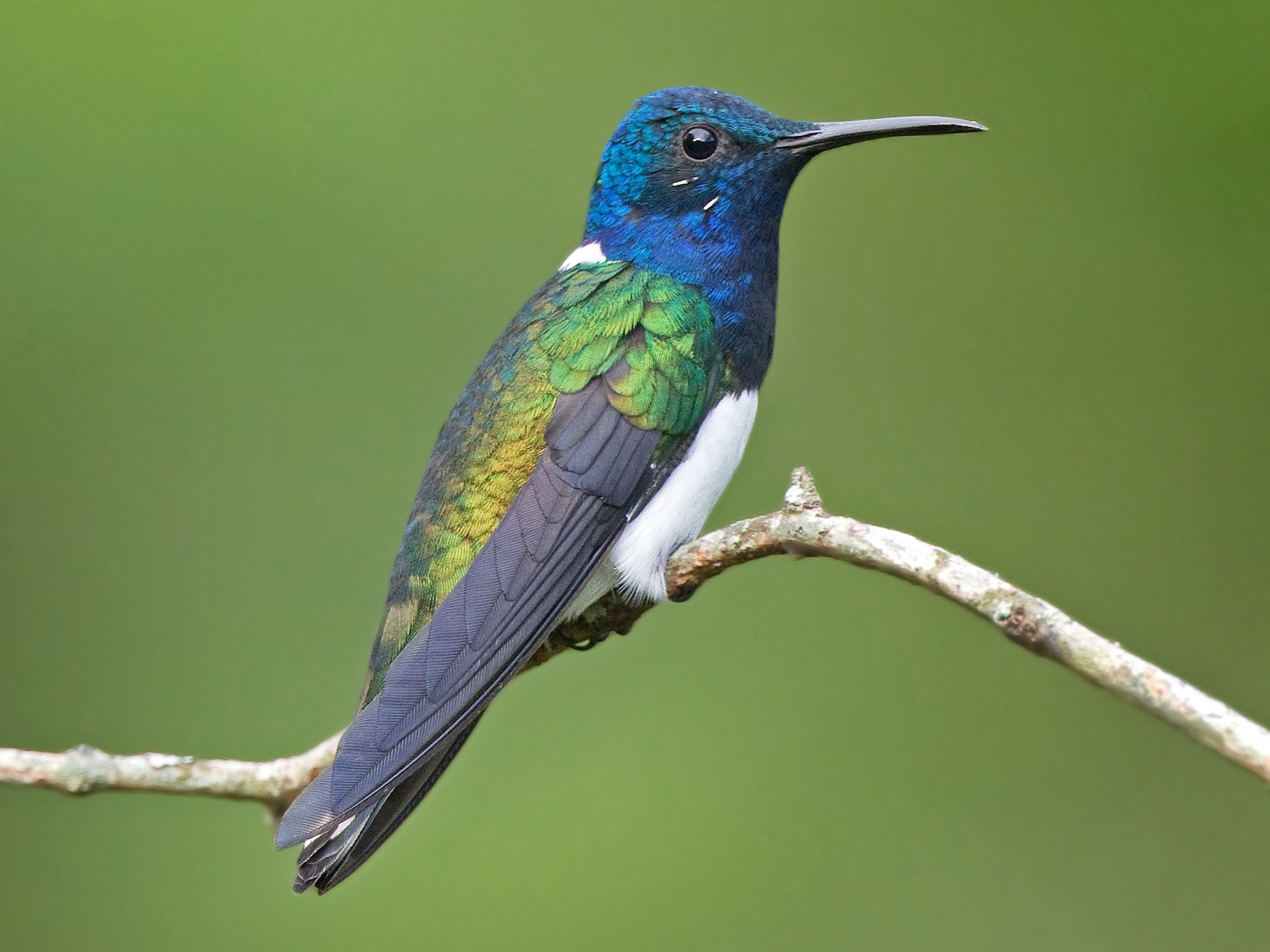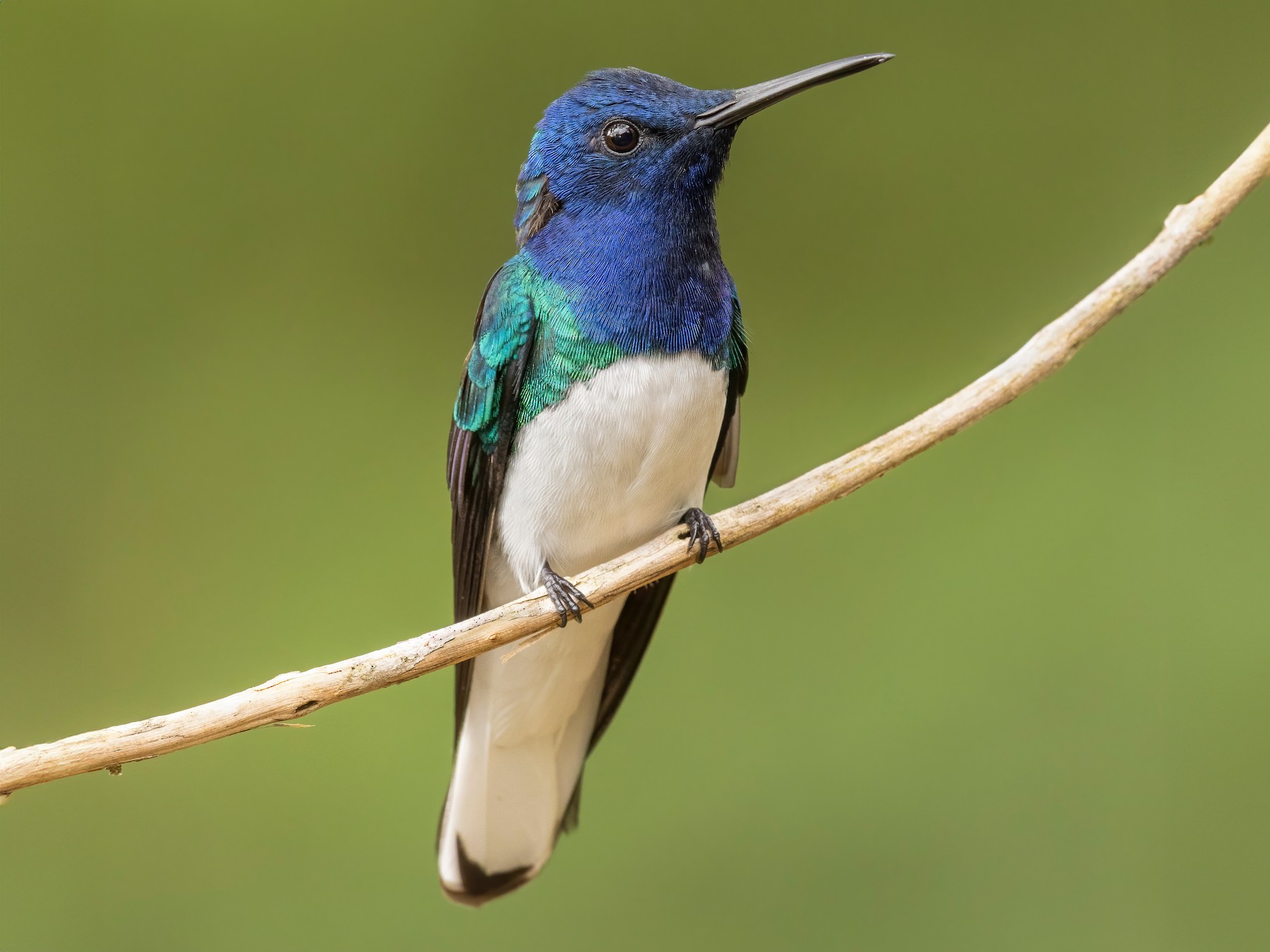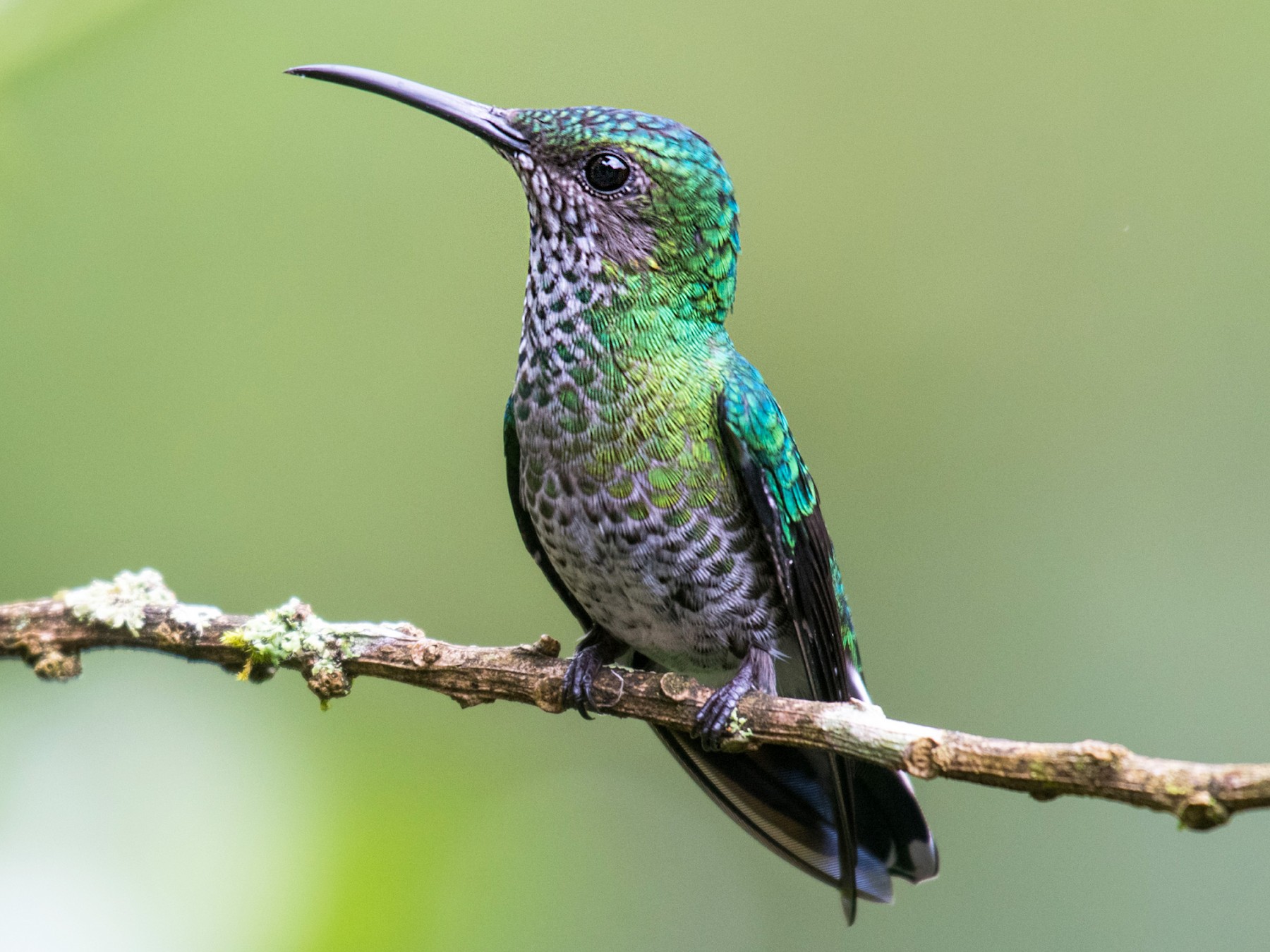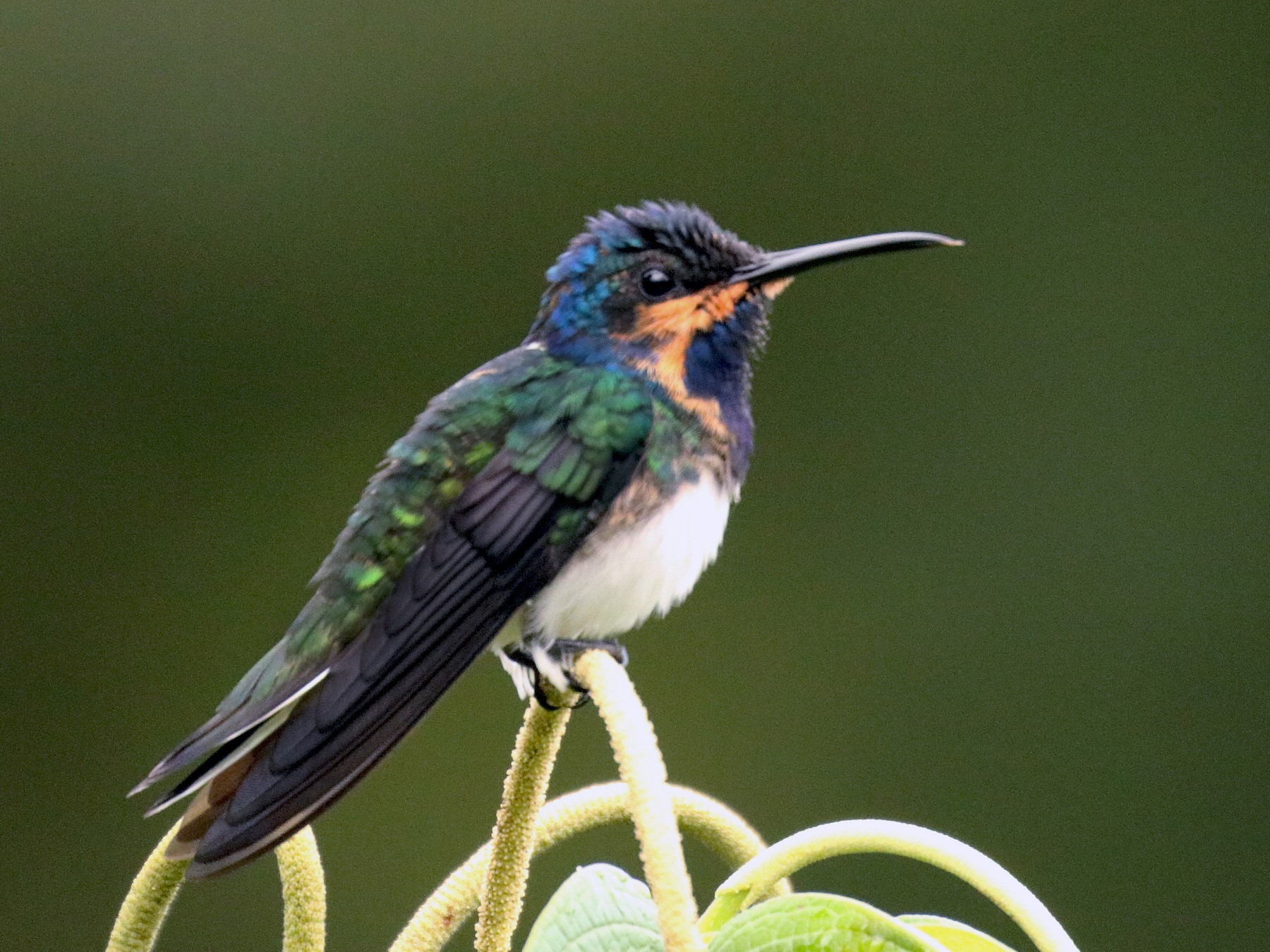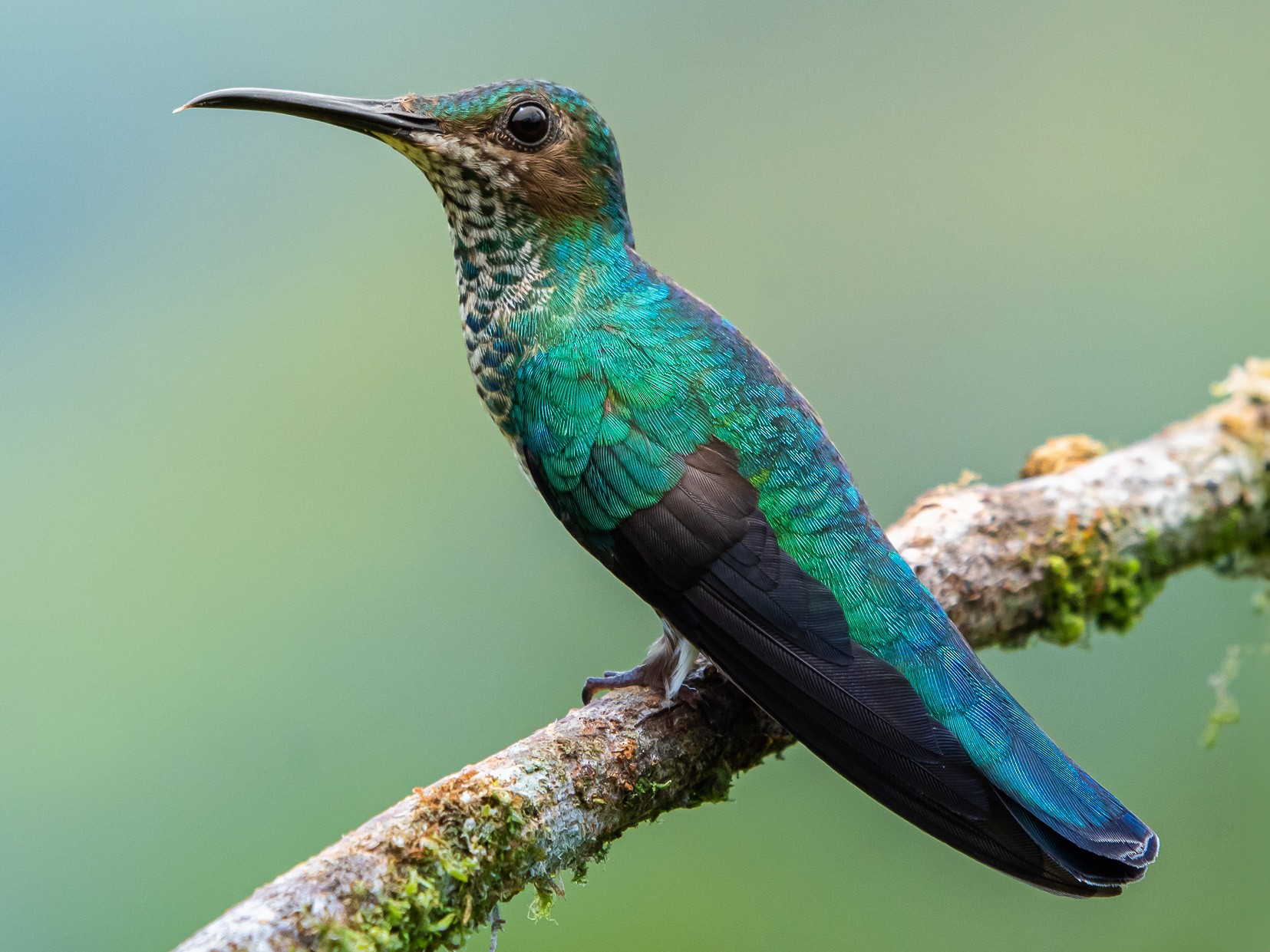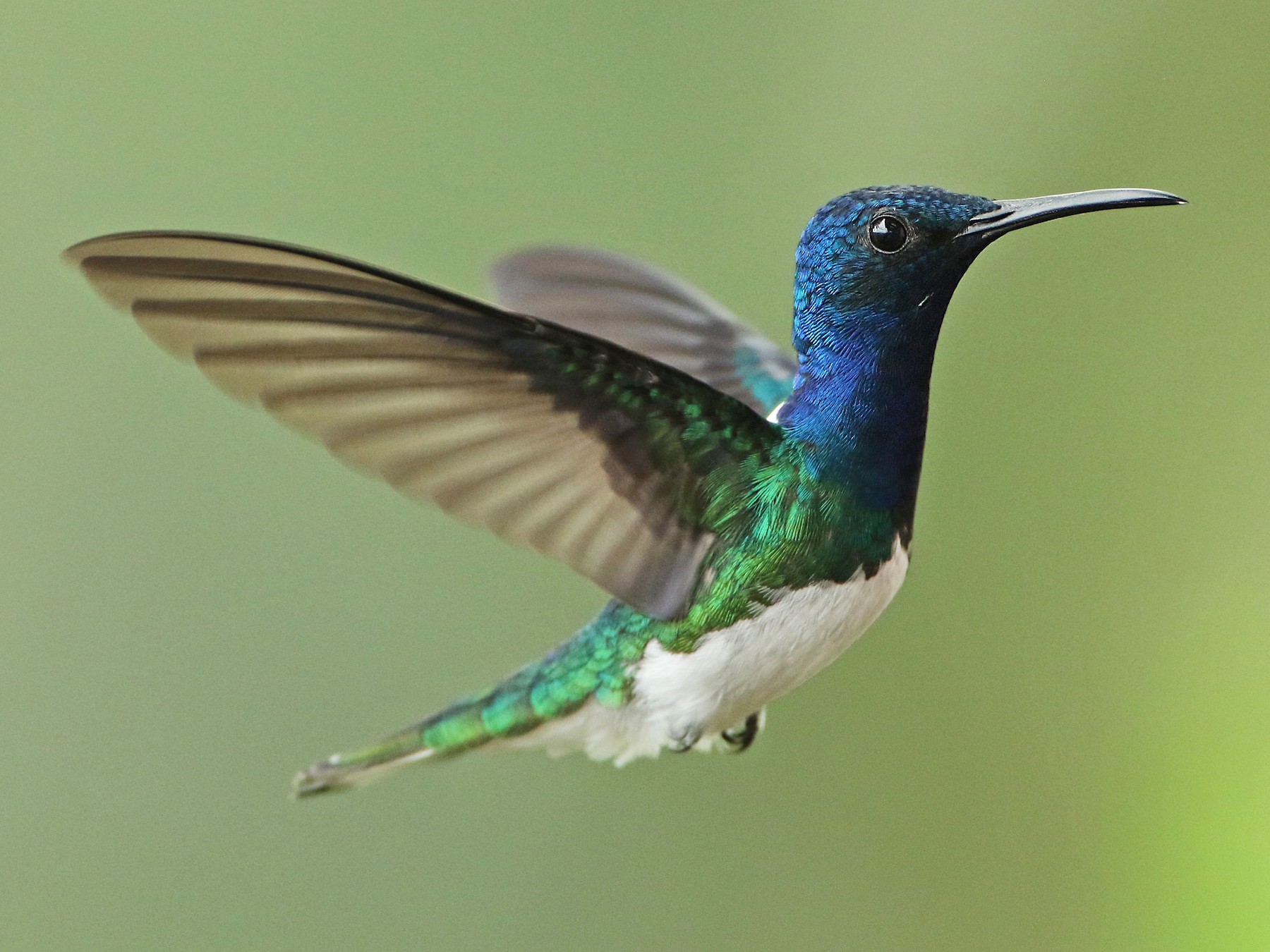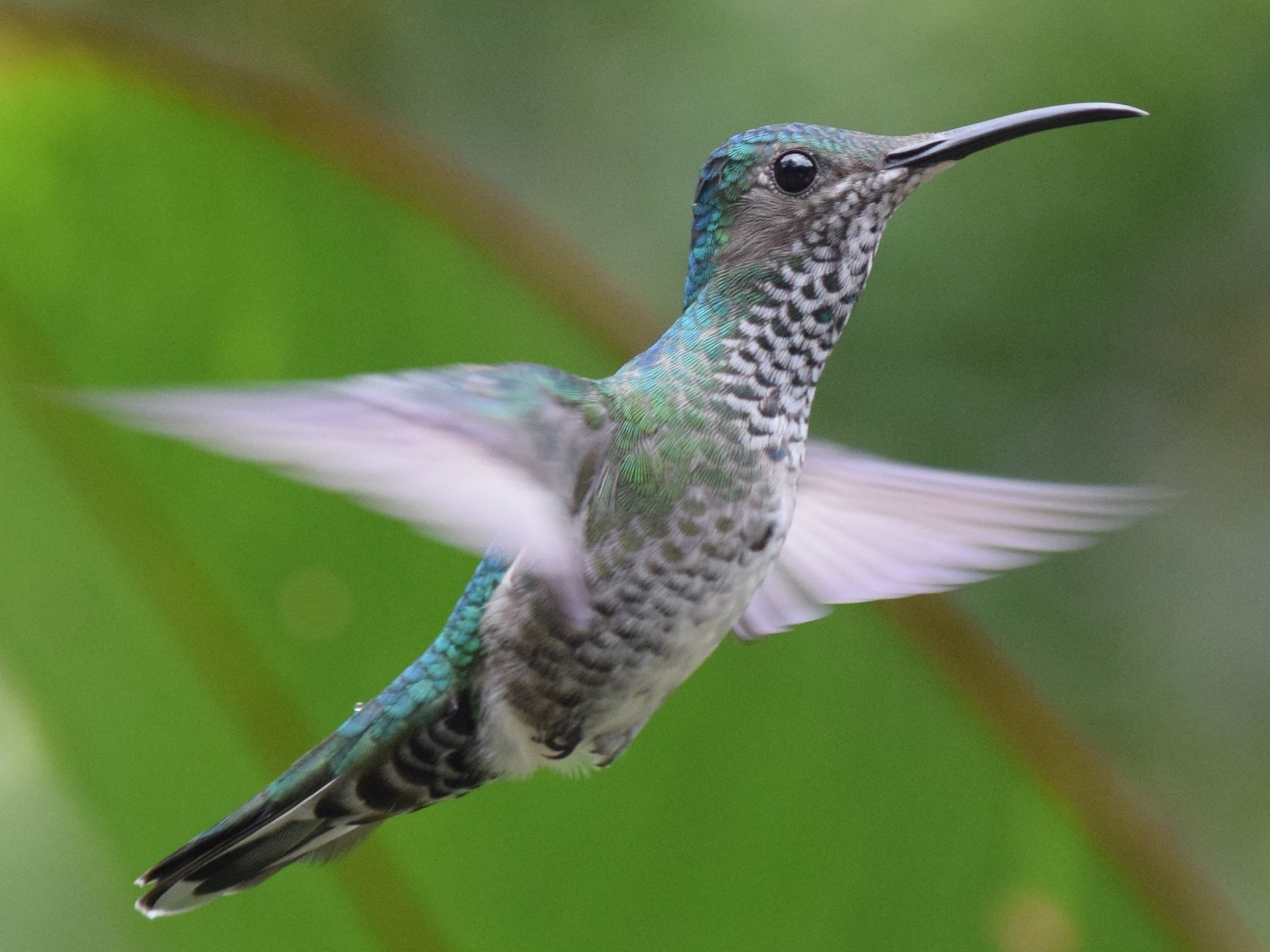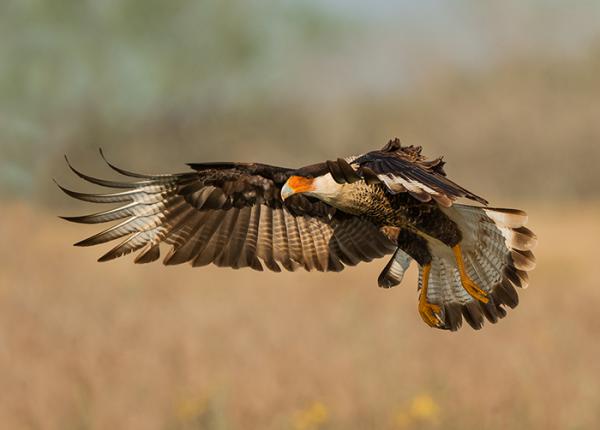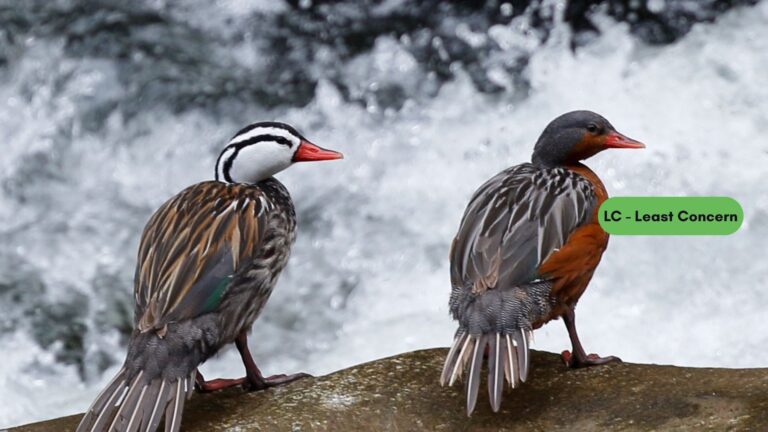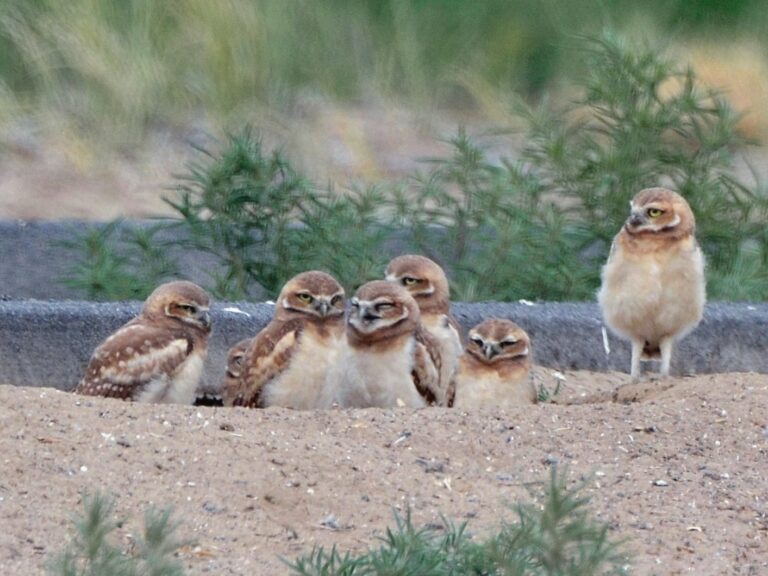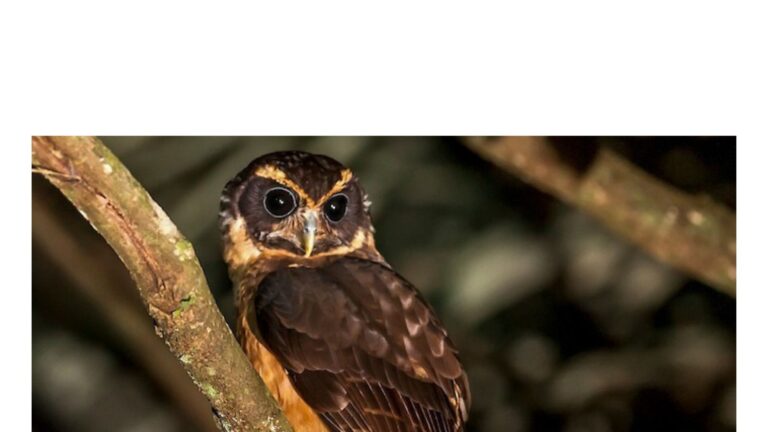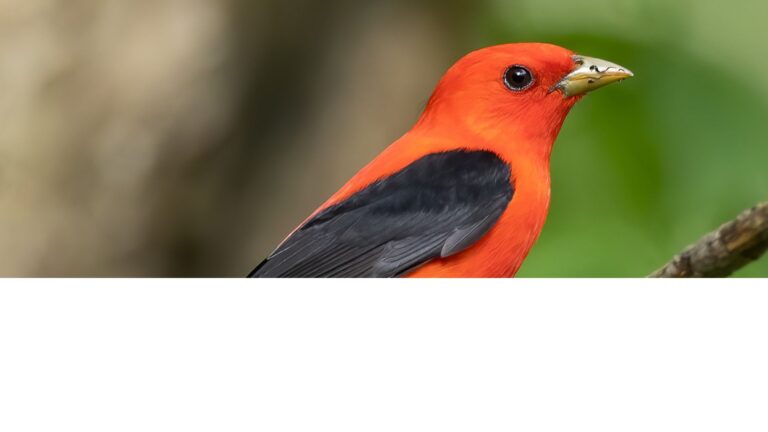White-necked Jacobin: The Stunning Jewel of the Hummingbird World
The White-necked Jacobin is a captivating hummingbird known for its striking appearance and unique behaviors. This bird, scientifically called Florisuga mellivora, stands out with its vibrant plumage and is popular among birdwatchers. Its adaptability to different habitats makes it an interesting subject for nature enthusiasts.
Found primarily in Central and South America, this hummingbird thrives in diverse environments, ranging from tropical forests to urban gardens. These birds exhibit fascinating behaviors, including their nectar-feeding habits and territorial displays, which contribute to their charm.
Conservation efforts are crucial for the survival of this species due to habitat loss and environmental changes that threaten their populations. Understanding their role in the ecosystem can enhance appreciation for these beautiful creatures and encourage conservation efforts.
Key Takeaways
- The White-necked Jacobin is also known as Florisuga mellivora.
- It is adaptable to various habitats, including urban areas.
- Conservation efforts are essential to protect its populations.
Taxonomy and Description
This species, scientifically known as Florisuga mellivora, is an intriguing hummingbird with distinct characteristics. Its classification within the animal kingdom is essential to understanding its ecological role, physical and vocal traits.
Species Classification
This bird belongs to the family Trochilidae, which includes all hummingbirds. Within this family, it falls under the genus Florisuga. This species has recognized subspecies, each adapted to different environments. The primary subspecies include Florisuga mellivora mellivora and Florisuga mellivora rothi.
These subspecies can vary slightly in coloration and behavior, impacting their distribution across Central and South America. The classification helps in studying their habitats and conservation status, offering insights into how they interact with their ecosystems.
Physical Characteristics
This species is known for its striking plumage. It features iridescent green feathers on its back, a white neck, and a dark blue crown.
The male typically showcases a vibrant display during mating rituals, which attracts females. Its wings are long and pointed, allowing for impressive aerial maneuvers.
The male typically showcases a vibrant display during mating rituals, which attracts females. Its wings are long and pointed, allowing for impressive aerial maneuvers.
Understanding these characteristics allows for better recognition and appreciation of the White-necked Jacobin in its natural habitat.
Habitat and Distribution
The White-necked Jacobin is mostly found in specific regions of Central and South America. It thrives in various forest environments, particularly in areas where it can access the canopy. Understanding its geographical range and preferred habitats gives insight into its ecological needs.
Geographical Range
The White-necked Jacobin inhabits a wide geographical range extending from Southern Mexico to parts of South America. Notable countries where this species is found include Colombia, Ecuador, Peru, Bolivia, Venezuela, Panama, and Costa Rica. Additionally, it is also present on the islands of Trinidad and Tobago.
These areas provide the necessary climate and resources for the White-necked Jacobin to flourish. Its range is often linked to the availability of floral resources, which are essential for feeding the hummingbirds.
Preferred Habitats
This species prefers lush forest environments, particularly tropical and subtropical forests. The canopy is where the White-necked Jacobin finds most of its floral food sources.
By staying close to the canopy, it can swiftly access flowering plants for nectar.
Aside from forests, the White-necked Jacobin is also seen in edges of woodlands and in gardens that include nectar-producing plants. These habitats provide further refuge and food options.
This species prefers lush forest environments, particularly tropical and subtropical forests. The canopy is where it finds most of its floral food sources.
The behavior and ecology of the White-necked Jacobin are notable for their feeding habits, mating strategies, and social dynamics. These elements help the species thrive in various environments.
Feeding Behavior
White-necked Jacobins primarily feed on nectar from flowers. They are skilled at locating food sources and are attracted to brightly colored blooms. Their long bills allow them to reach deep into flowers, maximizing their access to nectar.
These hummingbirds primarily feed on nectar from flowers. They are skilled at locating food sources and are attracted to brightly colored blooms. Their long bills allow them to reach deep into flowers, maximizing their access to nectar.
Mating and Reproduction
Mating among White-necked Jacobins involves elaborate displays. Males perform aerial displays to attract females, showcasing their vibrant feathers and agile flight. These courtship rituals are vital for female selection.
Females build nests typically in low trees or bushes using plant materials. After laying 2 to 3 eggs, she incubates them for about two weeks. The young chicks fledge approximately three weeks after hatching. This reproductive strategy ensures the continuation of their population.
Social Interactions
White-necked Jacobins exhibit complex social behavior. They are often seen in small groups, especially around feeding areas. While males are territorial, they may also engage in cooperative behaviors, such as sharing feeding spots with females.
Communication plays a key role in their interactions. They use chirps and calls to signal their presence and respond to competitors. Their social structure helps maintain harmony within their groups, allowing them to thrive in both natural and artificial environments.
Conservation Status
This species is found primarily in Central America. Its conservation status is currently classified as “Least Concern” by the IUCN. This indicates that it is not facing an immediate threat to its population.
Despite this classification, habitat loss poses a significant risk. Deforestation and land conversion for agriculture reduce their natural habitats. The destruction of forest areas impacts not only the Jacobin but also other species sharing its environment.
Conservation efforts are essential to ensure the species remains stable. Protecting and restoring habitats is crucial. This can be achieved through establishing protected areas and promoting sustainable land use practices.
In some regions, community engagement is vital. Educating local populations about the ecological importance of the White-necked Jacobin encourages conservation initiatives.
Monitoring population trends and habitat conditions helps assess the species’ health. Continued research is necessary to adapt conservation strategies over time.
As the White-necked Jacobin thrives in disturbed habitats, its adaptability may help it survive in changing environments. However, ongoing threats require vigilant conservation measures.
Human Interactions
This hummingbird interacts with humans in various ways, particularly through birdwatching and conservation efforts. These interactions not only enhance human appreciation of the species but also play a crucial role in its protection.
Birdwatching
Birdwatching has gained popularity, especially among enthusiasts who seek to observe the white-necked jacobin in its natural habitat. These hummingbirds are attracted to feeders filled with sugar water, making them accessible for viewers.
Feeders: Many birdwatchers set up feeders in gardens and parks to attract these vibrant birds. The feeders help provide a consistent food source for the jacobins while allowing people to enjoy their beauty up close.
Commercial Tours: Several eco-tourism companies offer guided birdwatching tours specifically to view the white-necked jacobin. These tours educate participants about the species and its role in the ecosystem.
Conservation Efforts
Conservation efforts are essential for maintaining the population of the white-necked jacobin. Habitat loss and climate change threaten their survival, prompting various initiatives.
Habitat Protection: Many organizations work to protect the natural habitats of hummingbirds. Preserving these environments helps maintain the delicate balance that jacobins need to thrive.
Public Awareness: Campaigns aimed at raising public awareness highlight the importance of these birds and encourage practices that support conservation, like creating bird-friendly gardens.
By fostering a connection between humans and the white-necked jacobin, these efforts promote both enjoyment and protection of this unique species.
Frequently Asked Questions
This species, known for its striking features and unique behaviors, raises several common questions. Understanding these aspects helps to appreciate the uniqueness of this hummingbird.
What are the distinguishing features of a female White-necked Jacobin?
The female White-necked Jacobin exhibits a notable polymorphism in plumage. About 30% of females display a coloration similar to males, known as the “androchromic” type, which features ornate plumage. The remaining females have a more subdued appearance, primarily displaying green and white feathers.
How does the size of the White-necked Jacobin compare to other hummingbirds?
The White-necked Jacobin is a medium-sized hummingbird. It typically measures around 10-12 cm in length. This size is average compared to other hummingbird species, making them fairly easy to spot in their natural habitats.
What is the typical habitat of the White-necked Jacobin?
The White-necked Jacobin is commonly found in moist, lowland forests, particularly in Central and South America. They prefer areas with plenty of flowering plants, which provide them with the nectar they need for energy.
Can you identify the unique sound characteristics of a White-necked Jacobin?
The White-necked Jacobin is known for its distinct vocalizations. They produce a series of soft, musical notes that can be heard during mating displays and territorial behaviors. These sounds help to establish their presence in a noisy environment.
What are the differences between a White-necked Jacobin and a Black Jacobin hummingbird?
The primary difference between the White-necked Jacobin and the Black Jacobin lies in their coloration. The White-necked Jacobin has a white neck with a striking green body, while the Black Jacobin has a more uniform dark appearance with iridescent green highlights. Their habitats also differ slightly, with the Black Jacobin often found in higher elevations.
What is the average lifespan of a White-necked Jacobin in the wild?
In the wild, the average lifespan of a White-necked Jacobin is about 3 to 5 years. Various factors, including predation and environmental conditions, can influence their longevity. They tend to have shorter lifespans compared to larger bird species.
